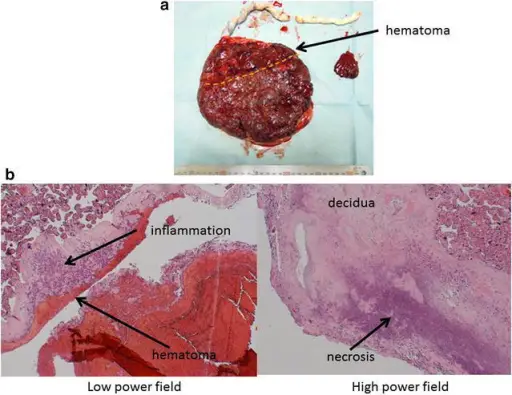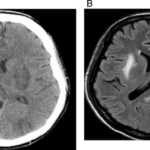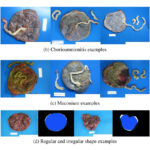Placental infections are the infections of the placenta. Infections may reach the placenta by ascending through the birth canal, or spreading through the blood system.
What is the Pathology of Placental Infections?
The pathology of placental infections is:
-Etiology: The cause of placental infections is a placental infection. These may be bacterial or viral.
-Genes involved: None.
-Pathogenesis: The sequence of events that lead to placental infections is pathogens accessing the intra-amniotic compartment.
-Morphology: The morphology associated with placental infections shows blastocystic differentiation and syncytiotrophoblast formation.
-Histology: The histology associated with placental infections shows placental villitis.
How do Placental Infections Present?
Patients with placental infections typically affect females present at the age range of 20-45 years. The symptoms, features, and clinical findings associated with placental infections include TORCH infections:
- (T) Toxoplasma
- (O) Other microbes
- (R) Rubella virus
- (C) Cytomegalovirus
- (H) Herpesvirus
TORCH infections may happen early in gestation. TORCH infections may cause chronic issues in the child, which include growth restriction, mental retardation, cardiac issues, and cataracts.
How are Placental Infections Diagnosed?
Placental infections is diagnosed by doing pelvic ultrasound and blood tests.
How are Placental Infections Treated?
Placental infections are treated using antibiotics.
What is the Prognosis of Placental Infections?
The prognosis of placental infections is fair if treated properly.



